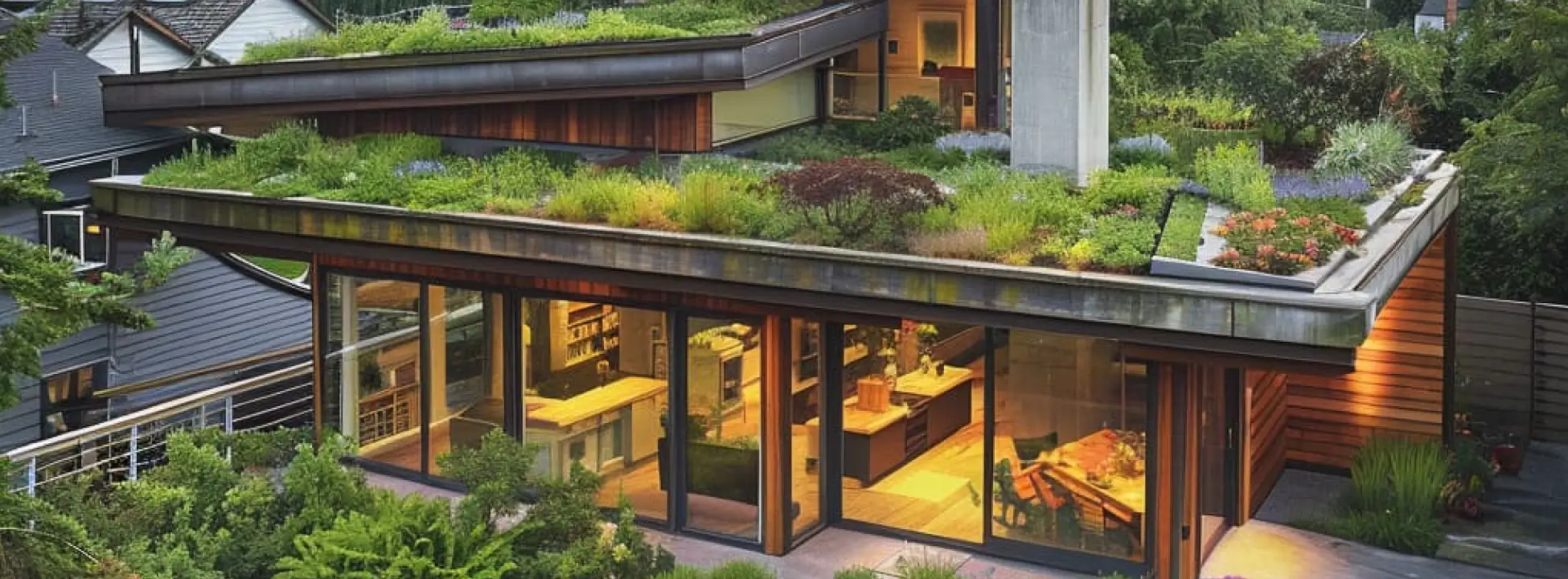Eco-Friendly Design – Sustainable Solutions for the Future
Oleg Luca18 Jan 20253 min read
Eco-Friendly DesignSustainabilityGreen Architecture
What is Eco-Friendly Design?
Eco-friendly design is a modern approach in architecture and construction that prioritizes environmental protection through the use of sustainable materials, energy-efficient technologies, and innovative solutions to reduce ecological footprints. Core Principles
Core Principles
 Conclusion
Eco-friendly design is not just a trend but a responsible solution for our future. By integrating modern technologies and using sustainable materials, we can build structures that are environmentally friendly and energy-efficient without compromising on aesthetics or functionality.
Conclusion
Eco-friendly design is not just a trend but a responsible solution for our future. By integrating modern technologies and using sustainable materials, we can build structures that are environmentally friendly and energy-efficient without compromising on aesthetics or functionality.


- Sustainability — Reducing natural resource consumption and minimizing waste.
- Energy Efficiency — Maximizing renewable energy use and reducing losses.
- Integration with Nature — Creating visual and functional harmony with the surrounding environment.
- Indoor Air Quality — Using non-toxic materials to ensure a healthy environment.
- Integrated Solar Panels:
- Long-Term Savings — Initial costs are offset by lower energy bills.
- Green Energy — Produces no harmful emissions, reducing pollution.
- Durability — Lasts up to 30 years.
- Adaptability — Easily integrated into modern designs.
- Water Recycling Systems:
- Rainwater Harvesting — Collects rainwater for irrigation, toilet flushing, and other uses.
- Greywater Recycling — Filters and reuses water from sinks and showers.
- Cost Reduction — Cuts long-term expenses in areas with limited water access.
- Sustainability — Preserves natural resources and prevents urban desertification.
- Green Roofs:
- Thermal Insulation — Reduces heat loss in winter and maintains cool temperatures in summer.
- Rainwater Absorption — Acts as a natural sponge, preventing urban flooding.
- Air Quality Improvement — Filters pollutants in the air.
- Green Spaces — Can serve as recreation areas, urban gardens, or relaxation zones.
- Biodiversity — Supports urban ecosystems by providing habitats for insects and birds.
- Smart Glass:
- Light Control — Automatically adjusts transparency to maximize natural light use.
- Thermal Efficiency — Reduces heat loss in winter and overheating in summer.
- Automation — Controlled via smart home systems.
- Durability — Made from high-quality materials.
- LED Lighting:
- Low Energy Consumption — Uses up to 80% less energy compared to traditional bulbs.
- Long Lifespan — Lasts up to 50,000 hours.
- Flexibility — Available in various colors and temperatures for creative designs.
- Eco-Friendly — Free from mercury and toxic substances.
 Conclusion
Eco-friendly design is not just a trend but a responsible solution for our future. By integrating modern technologies and using sustainable materials, we can build structures that are environmentally friendly and energy-efficient without compromising on aesthetics or functionality.
Conclusion
Eco-friendly design is not just a trend but a responsible solution for our future. By integrating modern technologies and using sustainable materials, we can build structures that are environmentally friendly and energy-efficient without compromising on aesthetics or functionality.

Oleg Luca
An eco-friendly design expert dedicated to promoting sustainable architectural solutions.